Home>Garden Essentials>How Does Grass Make Seeds
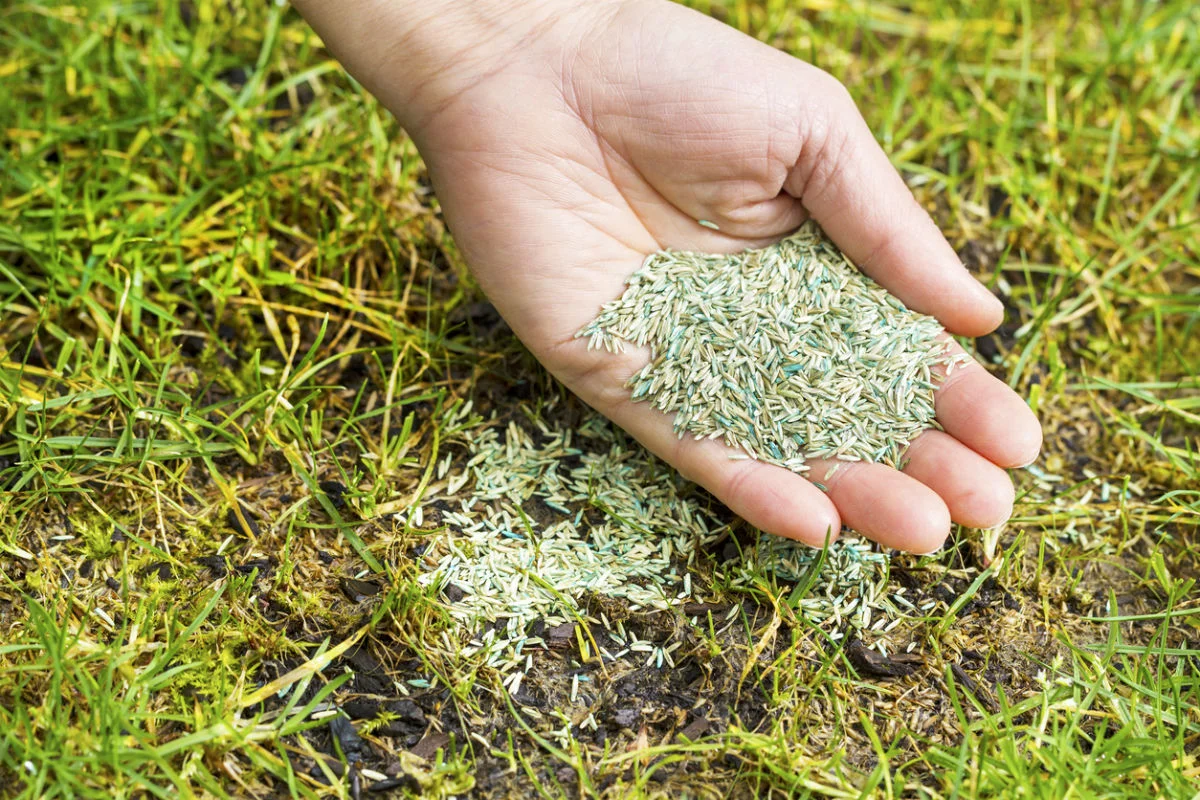

Garden Essentials
How Does Grass Make Seeds
Modified: October 19, 2024
Learn how grass in your garden produces seeds and the process behind it. Discover how to encourage seed production for a thriving garden.
(Many of the links in this article redirect to a specific reviewed product. Your purchase of these products through affiliate links helps to generate commission for Storables.com, at no extra cost. Learn more)
Introduction
Gardening enthusiasts and nature lovers often marvel at the beauty and resilience of grass. However, have you ever wondered how this humble plant reproduces and spreads across vast landscapes? One of the fascinating aspects of grass is its ability to produce seeds, enabling it to propagate and colonize new areas.
In this article, we will delve into the intricate process of seed production in grass plants. Understanding how grass makes seeds not only deepens our appreciation for this essential plant but also provides valuable insights for gardeners and landscape professionals.
By exploring the anatomy of a grass plant, the process of seed formation, pollination and fertilization, seed development and maturation, and dispersal mechanisms, we will unravel the secrets behind the remarkable reproductive strategy of grass.
So, let’s embark on this journey to demystify how grass creates and disperses its seeds, enhancing our understanding of the natural world and our role in nurturing it.
Key Takeaways:
- Grass plants reproduce by creating seeds through a complex process involving pollination, fertilization, and seed development. Understanding this journey deepens our appreciation for the resilience and adaptability of grasses in nature.
- Grass seeds are dispersed through various mechanisms, including wind, attachment to animals, water, and unintentional human assistance. These strategies allow grass plants to colonize new areas and adapt to changing environmental conditions.
Anatomy of a Grass Plant
To understand how grass creates seeds, it’s essential to familiarize ourselves with the anatomy of a grass plant. Despite their many different appearances, all grasses share a similar basic structure.
At the base of a grass plant is the root system, which anchors the plant in the soil and absorbs water and nutrients. Above the ground, we find the stem, which provides support and carries water and nutrients from the roots to the leaves.
Grass leaves are long, slender, and narrow, with parallel veins running through them. The leaves emerge from the stem in a spiral arrangement, forming a tuft or clump. These leaves, or blades, are the primary sites of photosynthesis, where the plant converts sunlight into energy.
At the top of the stem, we find the inflorescence, commonly known as the flower-bearing part of the grass plant. The inflorescence is made up of several tiny flowers clustered together.
Each flower consists of several reproductive structures:
– The pistil, which is the female reproductive organ
– The stamens, which are the male reproductive organs
– The petals, which are usually small and inconspicuous in grasses
– The sepals, which protect the reproductive structures
Understanding the different parts of a grass plant sets the stage for comprehending how seed formation takes place.
Let’s explore the fascinating process of seed production in grass plants, beginning with pollination and fertilization.
The Process of Seed Formation
Seed formation in grass plants is a complex and intricate process that involves several stages. It begins with the transfer of pollen grains from the stamen to the pistil, known as pollination. This transfer can occur through various means, including wind, insects, or other animals.
Once the pollen grains reach the pistil, they must reach the ovary, where the female gametes are located. This process is known as fertilization. In grasses, fertilization occurs when a pollen grain lands on the receptive surface of the stigma, which is part of the pistil.
From here, a pollen tube grows down through the style, a long tube-like structure connecting the stigma and the ovary. The growing pollen tube delivers the sperm cells to the ovary, where they fertilize the egg cells contained within.
After fertilization, the fertilized egg cell develops into an embryo, which is the initial stage of seed formation. The embryo contains all the genetic material necessary for the development of a new grass plant.
While the embryo is developing, the ovary of the flower also undergoes changes. It begins to swell and develop into a protective structure called the seed coat or husk. The seed coat acts as a shield, protecting the developing embryo from external factors such as moisture loss and physical damage.
As the seed continues to mature, additional structures within the ovary, such as the endosperm, may also develop. The endosperm serves as a source of nutrients for the developing embryo, providing the energy and resources it needs to grow and develop.
Once the seed has reached maturity, it is ready for dispersal, allowing the grass plant to colonize new areas and ensure its survival.
Now that we have explored the process of seed formation, let’s dive deeper into the crucial steps of pollination and fertilization.
Pollination and Fertilization
Pollination and fertilization are pivotal steps in the process of seed formation in grass plants. Let’s take a closer look at how these processes occur.
In grasses, pollination can occur through various mechanisms, depending on the species. Some grasses are wind-pollinated, producing large quantities of lightweight and easily carried pollen grains. These pollen grains have specific adaptations, such as small and smooth surfaces, to facilitate transportation by the wind. When the wind blows, it carries the pollen grains from the stamen to the pistil, allowing for cross-pollination with other grass plants in the vicinity.
Other grasses rely on insect or animal pollinators. These species produce showy flowers with bright colors and enticing fragrances to attract pollinators like bees, butterflies, or birds. These pollinators inadvertently transfer pollen as they move from flower to flower in search of nectar or other rewards. The pollen grains stick to the bodies of the pollinators and are subsequently deposited on the stigma of other flowers, promoting cross-pollination.
Once the pollen grains reach the stigma, the process of fertilization begins. The pollen grain hydrates and germinates on the stigma, forming a pollen tube. This tube develops through the style and reaches the ovary, where it delivers the male gametes to the female gametes, located within the ovule.
When the sperm cells reach the egg cells, fertilization occurs. The union of these cells initiates the development of the embryo, which is the beginning of seed formation. The fertilized egg cell undergoes division and differentiation, transforming into a young embryo with the potential to grow into a new grass plant.
Simultaneously with fertilization, other changes take place within the flower. The ovary begins to transform, developing into the protective seed coat or husk, which encloses the embryo and other structures like the endosperm.
Understanding the intricate processes of pollination and fertilization sheds light on how grass plants ensure successful seed formation, providing a foundation for the subsequent stages of seed development and maturation.
Let’s explore the fascinating journey of seed development and maturation in grass plants.
Grass makes seeds through a process called pollination, where pollen from the male part of the plant fertilizes the female part. This fertilization leads to the formation of seeds, which can then grow into new grass plants.
Seed Development and Maturation
After fertilization, the grass plant enters the stage of seed development and maturation. This crucial phase involves the growth and transformation of various structures within the seed, ensuring its viability and eventual dispersal.
As the fertilized egg cell develops into an embryo, it undergoes a series of divisions and differentiations. The embryo consists of the future shoot, root, and seed leaves, encapsulating the genetic potential for a new grass plant.
Simultaneously, the ovary of the flower continues to mature. The ovule, containing the developing embryo, is protected by the seed coat or husk, which gradually thickens and hardens. This tough outer layer acts as a shield, safeguarding the embryo from environmental stressors such as desiccation and physical damage.
Within the ovary, another crucial component of seed development may occur: the formation of the endosperm. The endosperm serves as a nutrient-rich tissue, providing nourishment to the developing embryo. In some grass species, the endosperm remains in the seed and acts as a source of energy for the germinating seedling.
Throughout the process of seed development, various physiological and biochemical changes take place. These changes contribute to the maturation of the seed, making it viable and capable of withstanding unfavorable conditions until it is ready to germinate.
Factors such as water content, drying rate, and temperature can influence seed maturation. As the seed approaches maturity, it typically becomes drier, with a lower water content. This desiccation process is essential for long-term storage and enhances the seed’s ability to survive under adverse conditions.
Once the seed has attained its maximum maturity, it is ready for dispersal, marking the completion of its development and preparing it for the next stage in its journey.
Now, let’s explore the various mechanisms by which grass seeds are dispersed, ensuring the spread and propagation of grass plants.
Read more: Why Does Rainwater Make Grass Grow Faster
Dispersal Mechanisms
Grass plants have evolved ingenious mechanisms to disperse their seeds and colonize new areas efficiently. These dispersal mechanisms involve the movement of seeds away from the parent plant, ensuring genetic diversity and increasing the chances of successful germination and establishment.
One common method of seed dispersal in grasses is through wind. Wind-dispersed grasses produce lightweight seeds with adaptations that allow them to catch the wind easily. These seeds are equipped with structures like tiny hairs or wings that facilitate their buoyancy and carry them over long distances. As the wind blows, it picks up the mature seeds and carries them to new locations, where they can germinate and establish new grass plants.
Another mechanism of seed dispersal in grasses involves attachment to fur or feathers. Some grass species have seeds with barbed or hook-like structures that easily attach to the fur of animals or the feathers of birds. As these animals or birds move, they inadvertently carry the seeds with them. Eventually, the seeds become dislodged from the animal or bird and fall to the ground in a different location, ready for germination.
Water can also serve as a dispersal agent for grass seeds. Some grasses produce seeds that are buoyant and can float on water. When these seeds come into contact with water bodies like rivers, streams, or even heavy rainfall, they can be carried along by the currents to new areas where they can germinate and grow.
In addition to natural dispersal mechanisms, humans can play a significant role in spreading grass seeds. Activities such as mowing lawns, tilling soil, or transporting plant material can inadvertently disperse grass seeds to unintended locations. This unintentional human-assisted dispersal can sometimes lead to the establishment of invasive grass species in new environments.
Understanding the different mechanisms of seed dispersal in grasses underscores the adaptability and resilience of these plants. By employing effective dispersal strategies, grasses can colonize diverse habitats and adapt to changing environmental conditions.
As we conclude our exploration of the dispersal mechanisms, let’s reflect on the remarkable journey of grass seeds, from their formation within the plant to their dispersal and eventual germination.
Conclusion
The process of seed formation in grass plants is a fascinating journey that showcases the resilience and adaptability of these humble yet essential plants. From the anatomy of a grass plant to the intricate steps of seed development, maturation, and dispersal, we have gained valuable insights into the remarkable reproductive strategy of grasses.
Grass plants rely on various mechanisms to ensure successful seed formation. Pollination and fertilization play crucial roles in transferring pollen grains and initiating the development of the embryo. This process can occur through wind, insects, or other animals, highlighting the diverse strategies grasses employ to guarantee cross-pollination and genetic diversity.
Seed development and maturation involve the growth and transformation of structures within the seed, such as the embryo and seed coat. The development of the endosperm provides vital nutrients for the developing embryo, paving the way for the seed’s eventual maturation and viability.
Once seeds have reached maturity, grasses utilize various dispersal mechanisms for effective colonization. Wind dispersal allows for long-distance travel of lightweight seeds, while attachment to fur or feathers enables transportation by animals and birds. Water also acts as a dispersal agent for certain grass species, carrying seeds to new locations through currents.
The resilience and adaptability of grasses are further evidenced by their ability to take advantage of human activities for seed dispersal. While unintentional, human-assisted dispersal can lead to the spread of grass seeds, sometimes resulting in the establishment of invasive species in new environments.
As gardeners and nature enthusiasts, understanding the intricacies of seed formation in grass plants deepens our appreciation for these vital components of our landscapes. By nurturing grasses and providing suitable conditions for their propagation, we contribute to the diversity and health of our natural surroundings.
So, the next time you walk through a meadow, admire the beauty of a lawn, or enjoy the rustling sound of grasses swaying in the breeze, take a moment to reflect on the incredible journey of grass seeds, from their formation within the plant to their dispersal and eventual germination.
Frequently Asked Questions about How Does Grass Make Seeds
Was this page helpful?
At Storables.com, we guarantee accurate and reliable information. Our content, validated by Expert Board Contributors, is crafted following stringent Editorial Policies. We're committed to providing you with well-researched, expert-backed insights for all your informational needs.
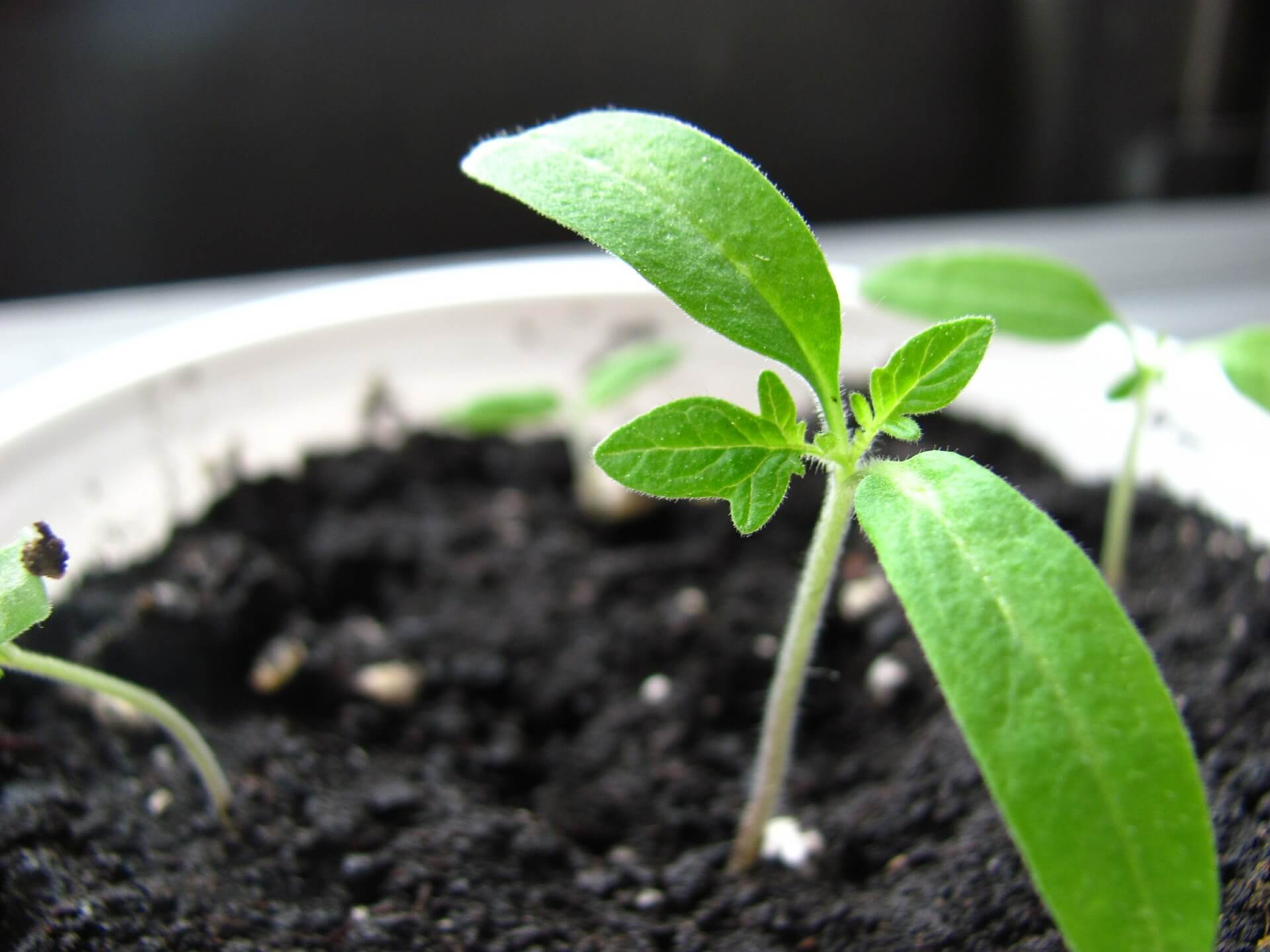
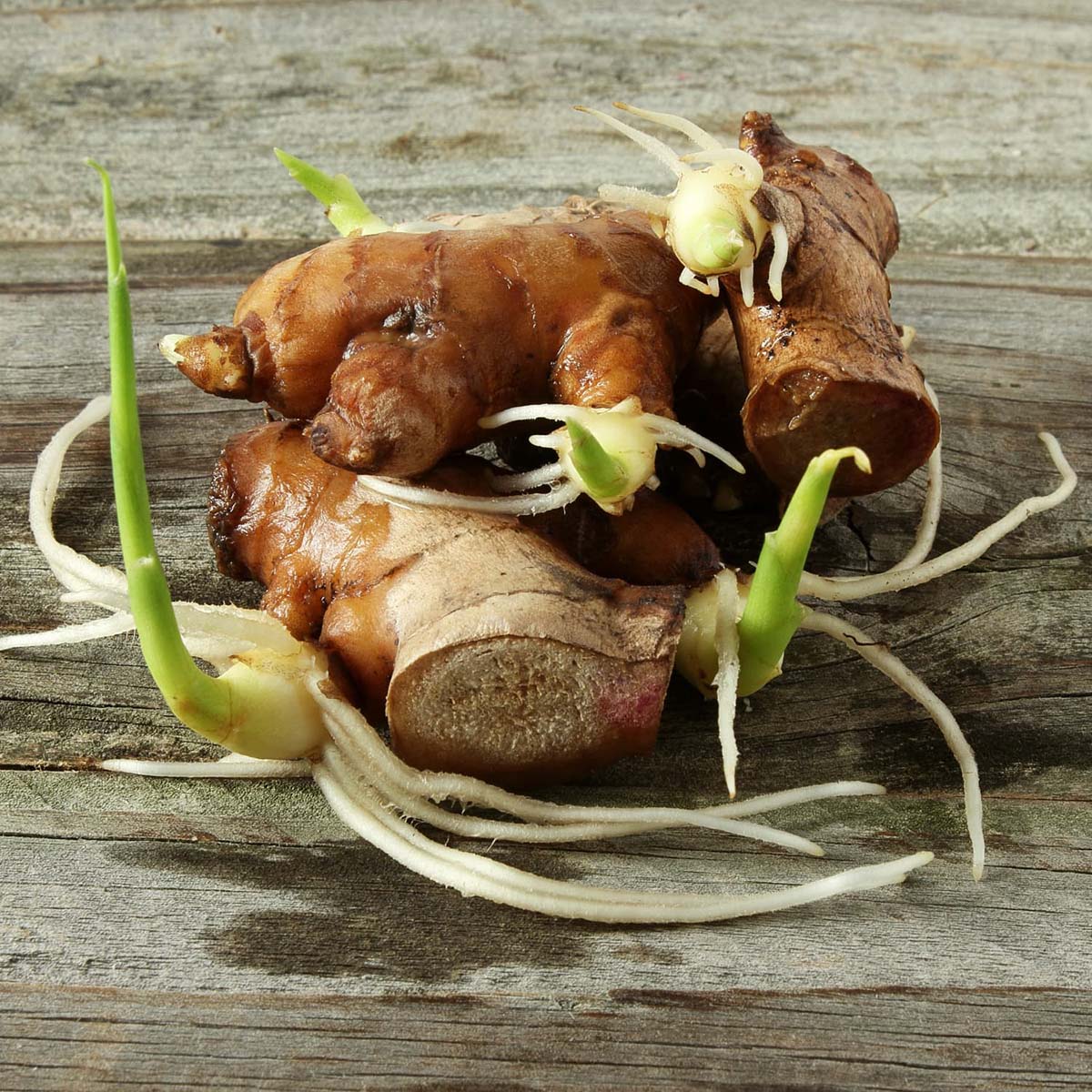
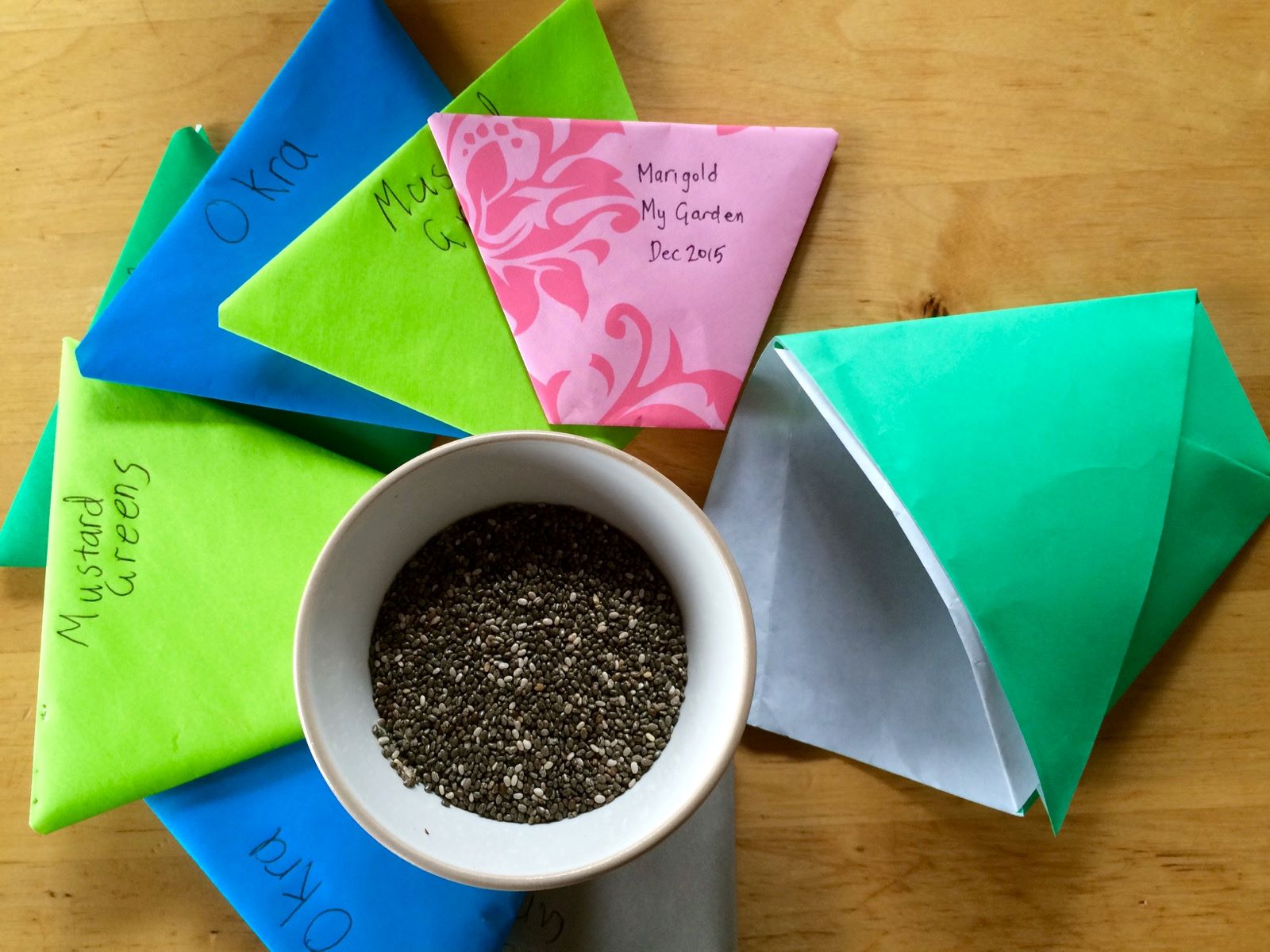
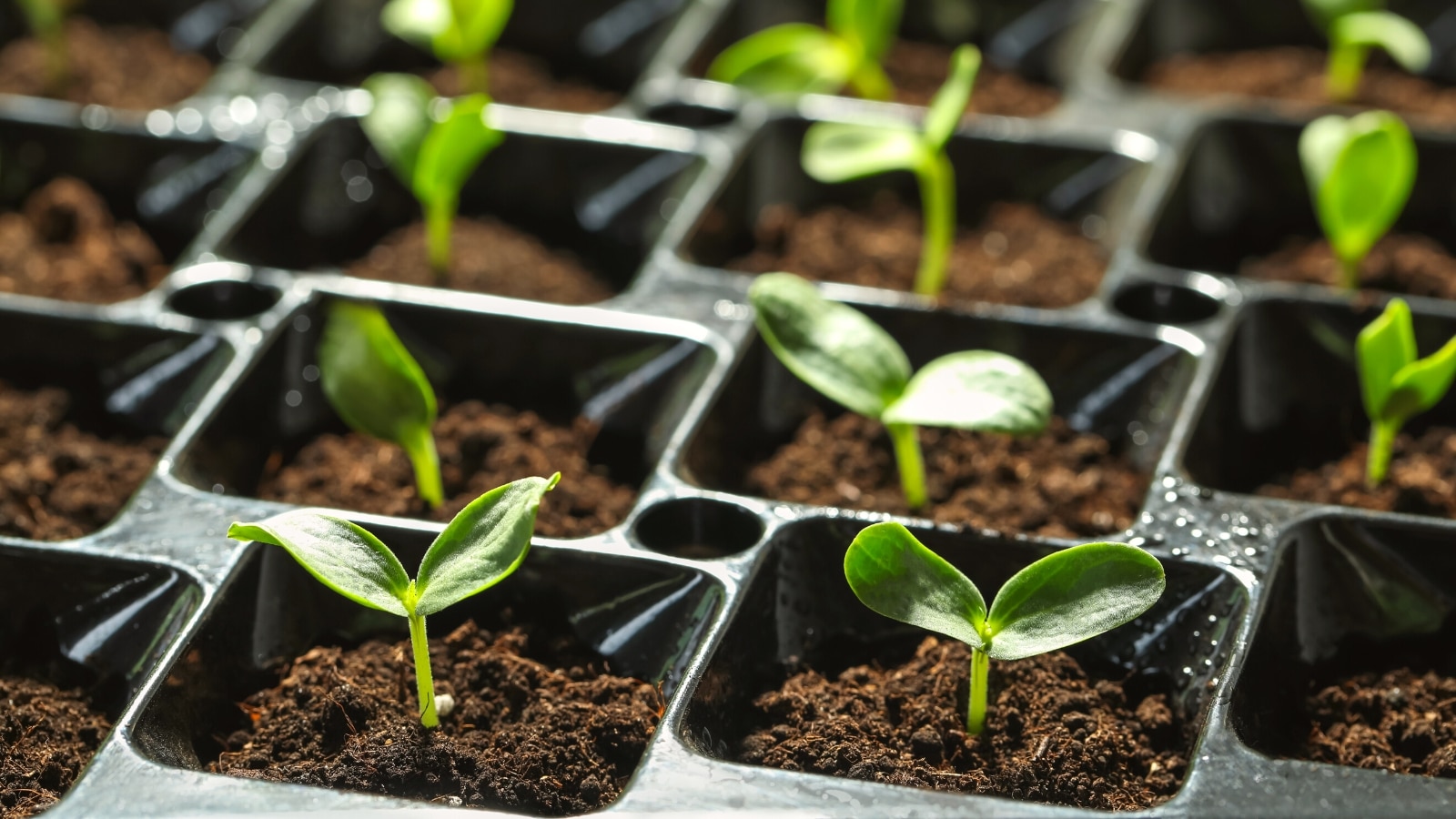
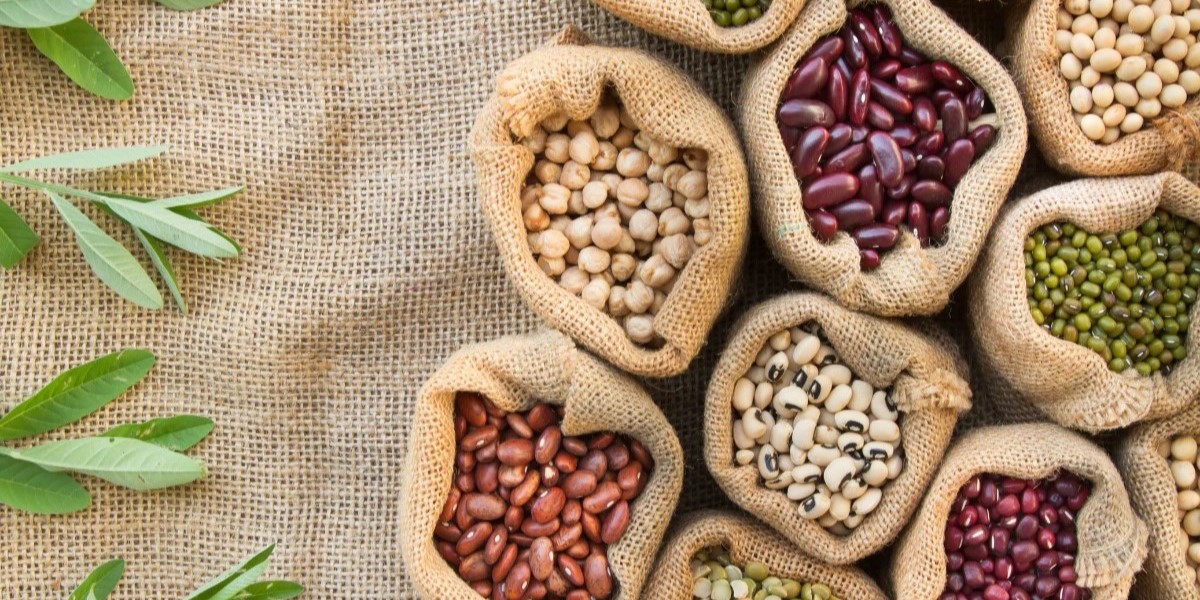
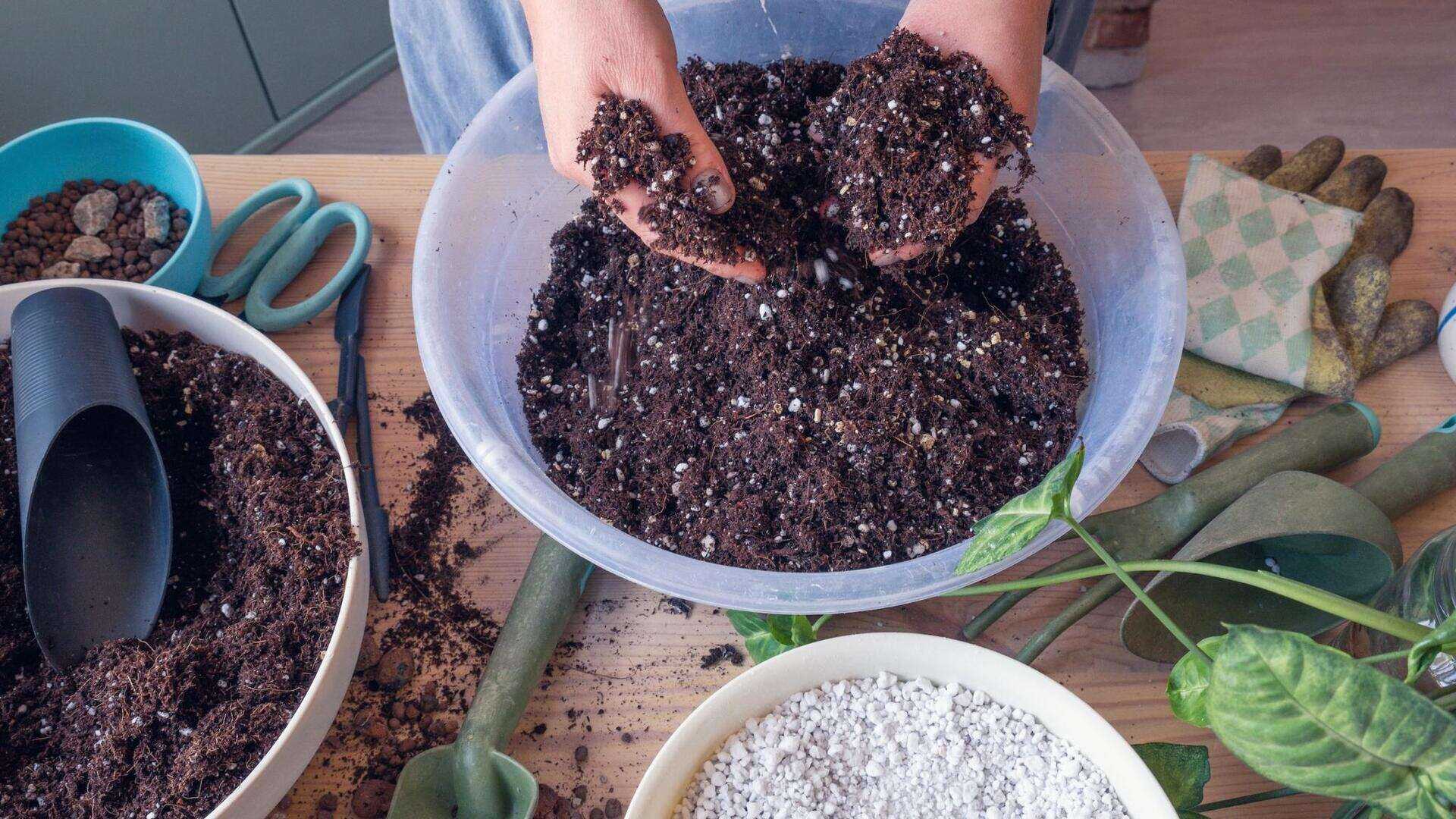
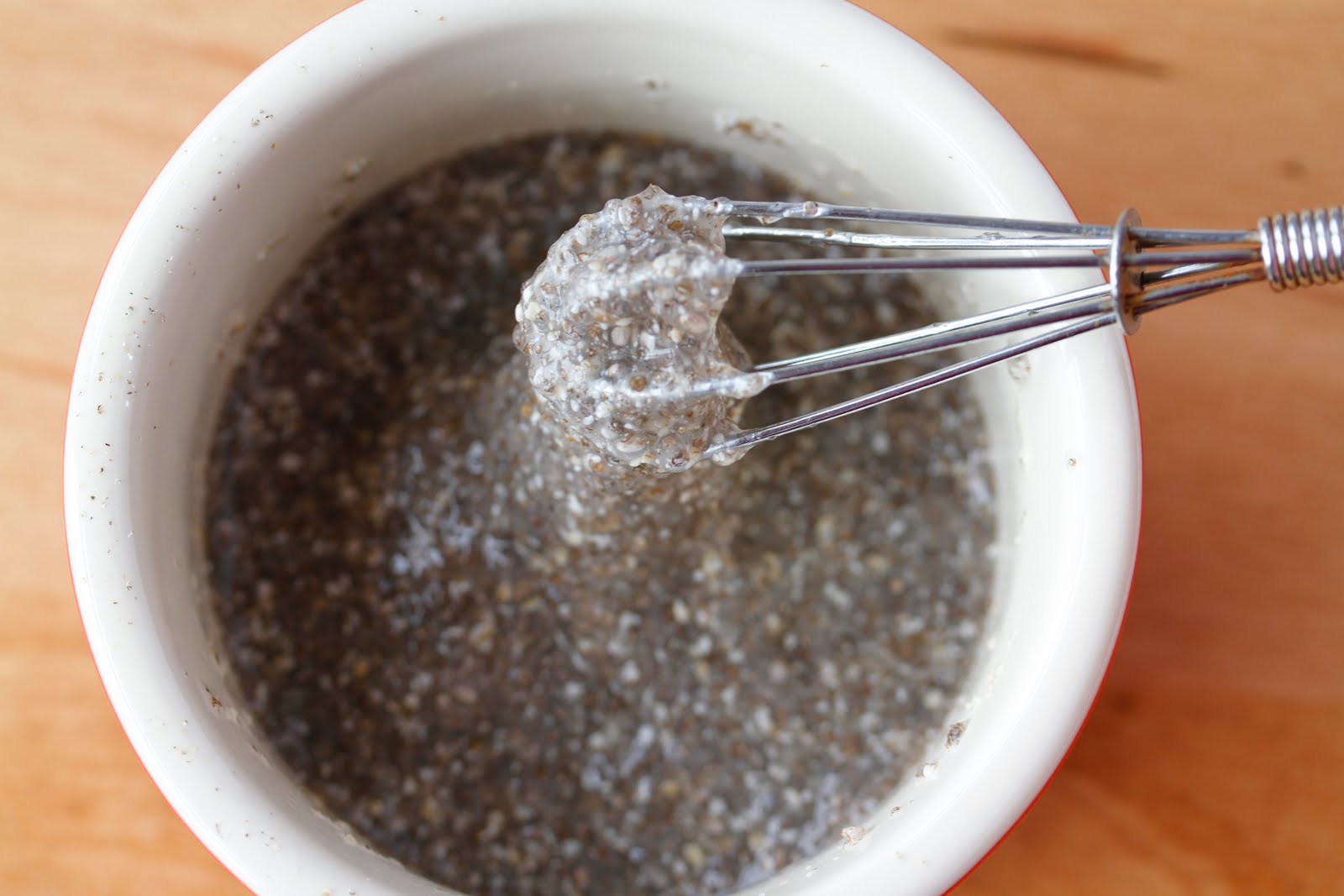
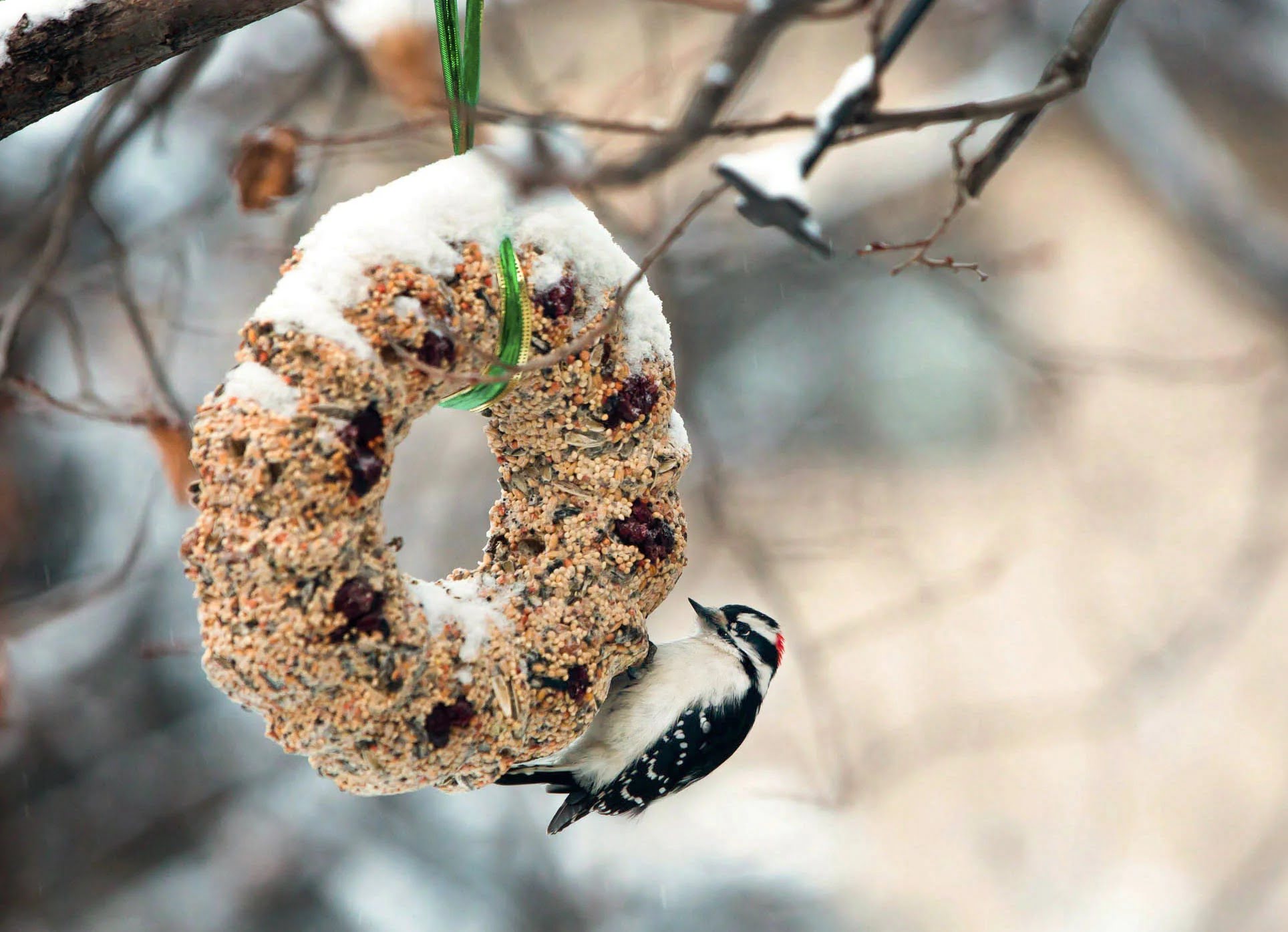
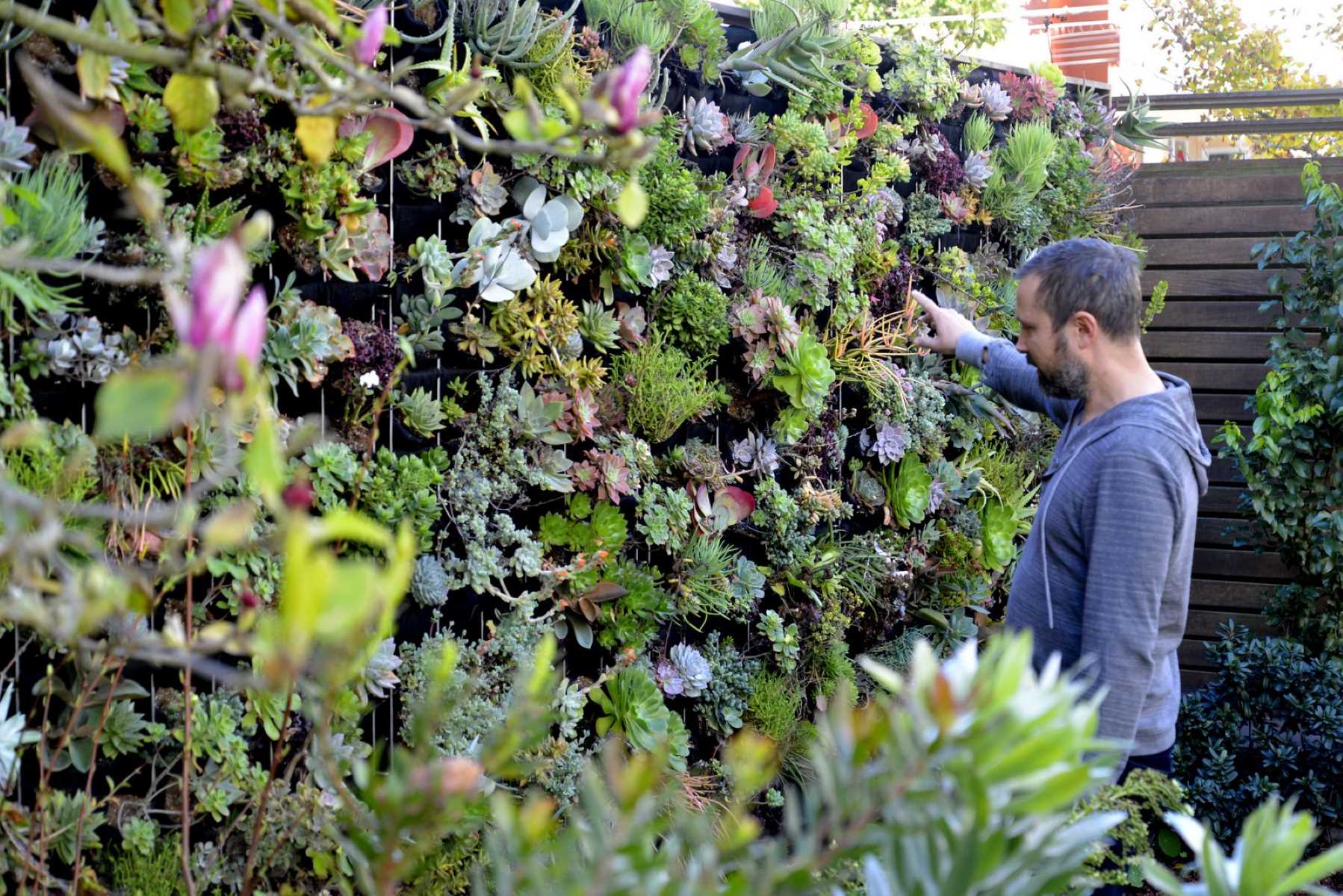
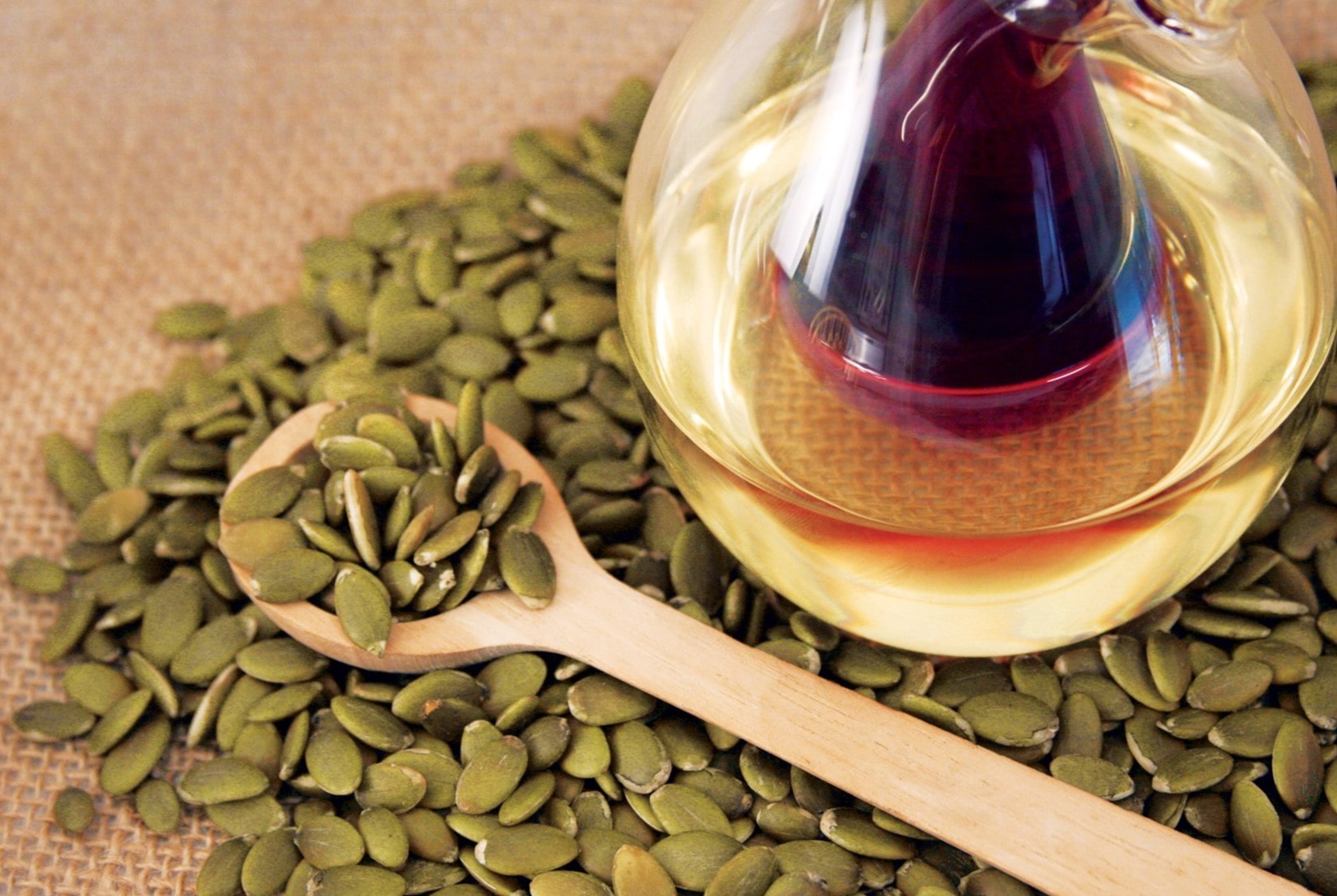
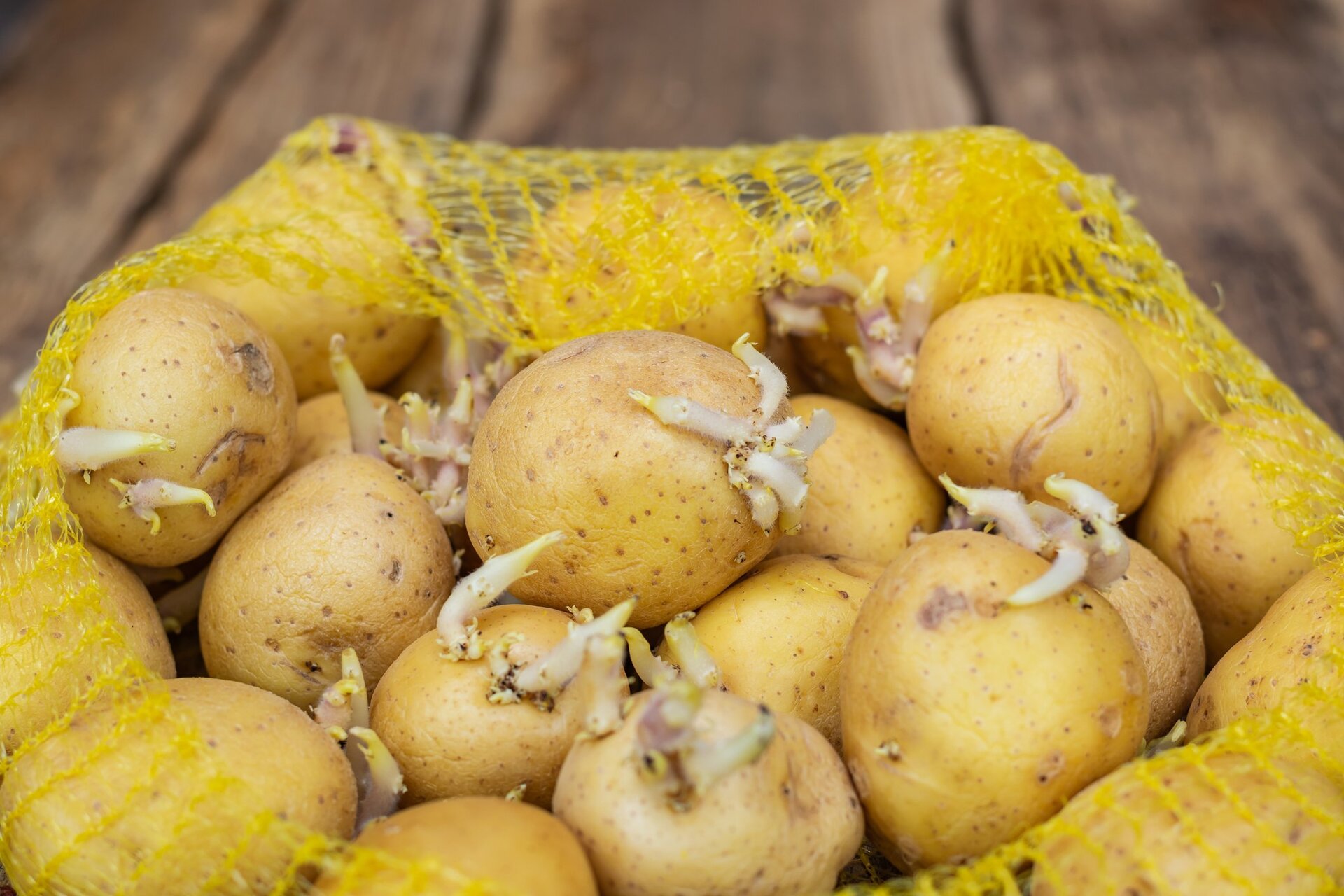
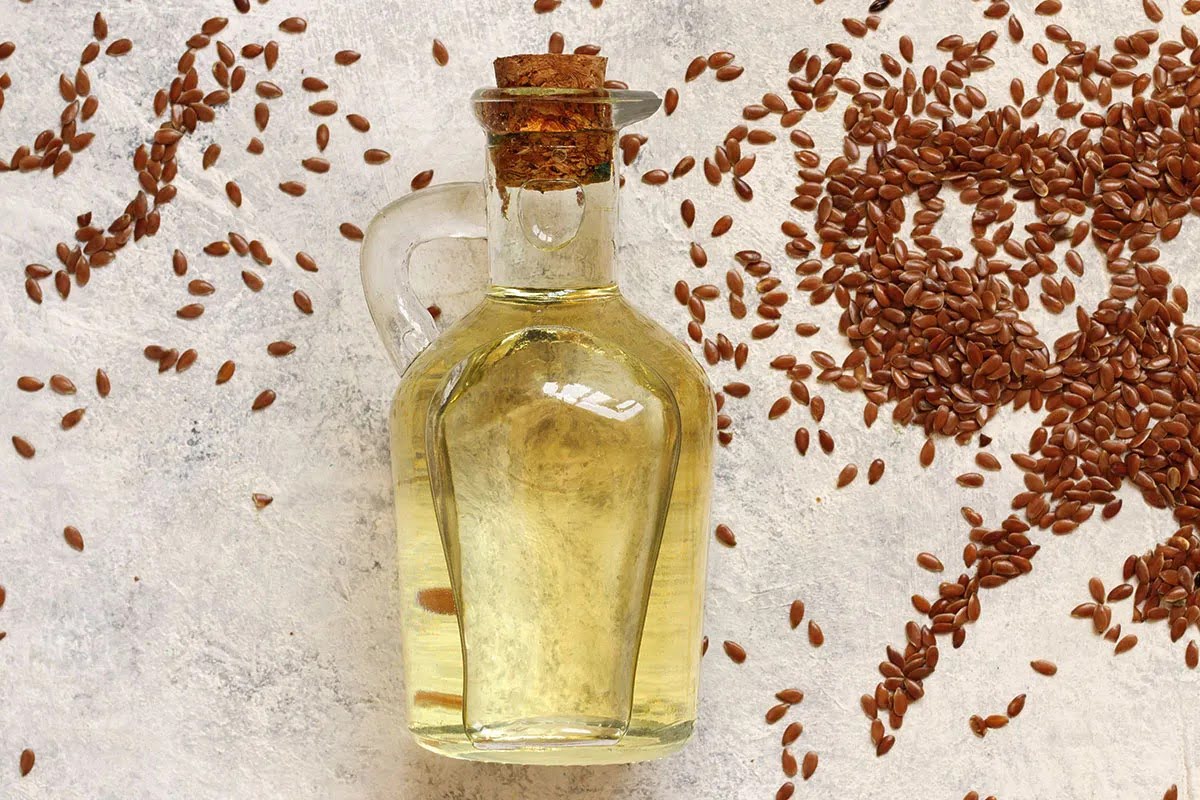
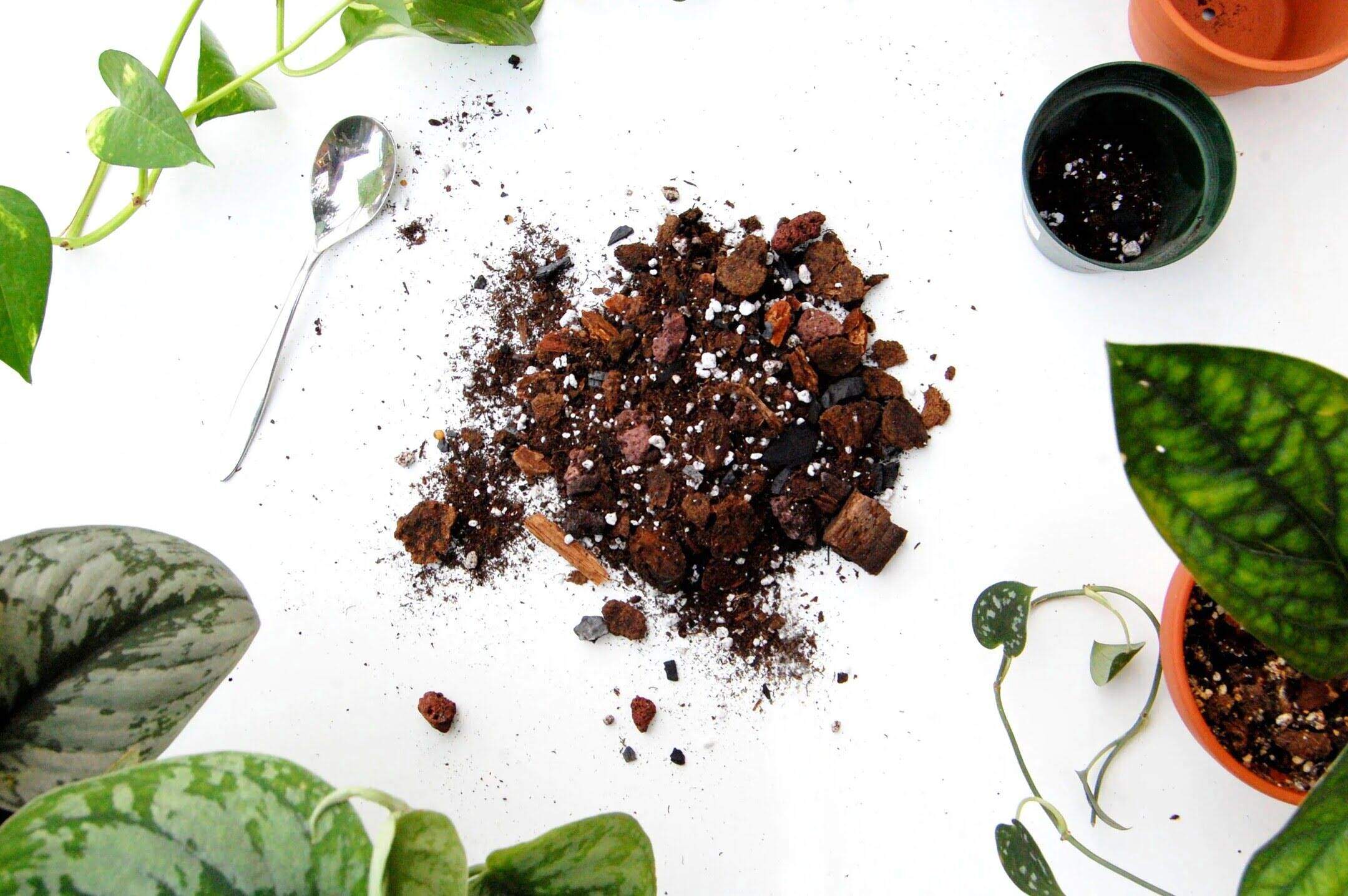
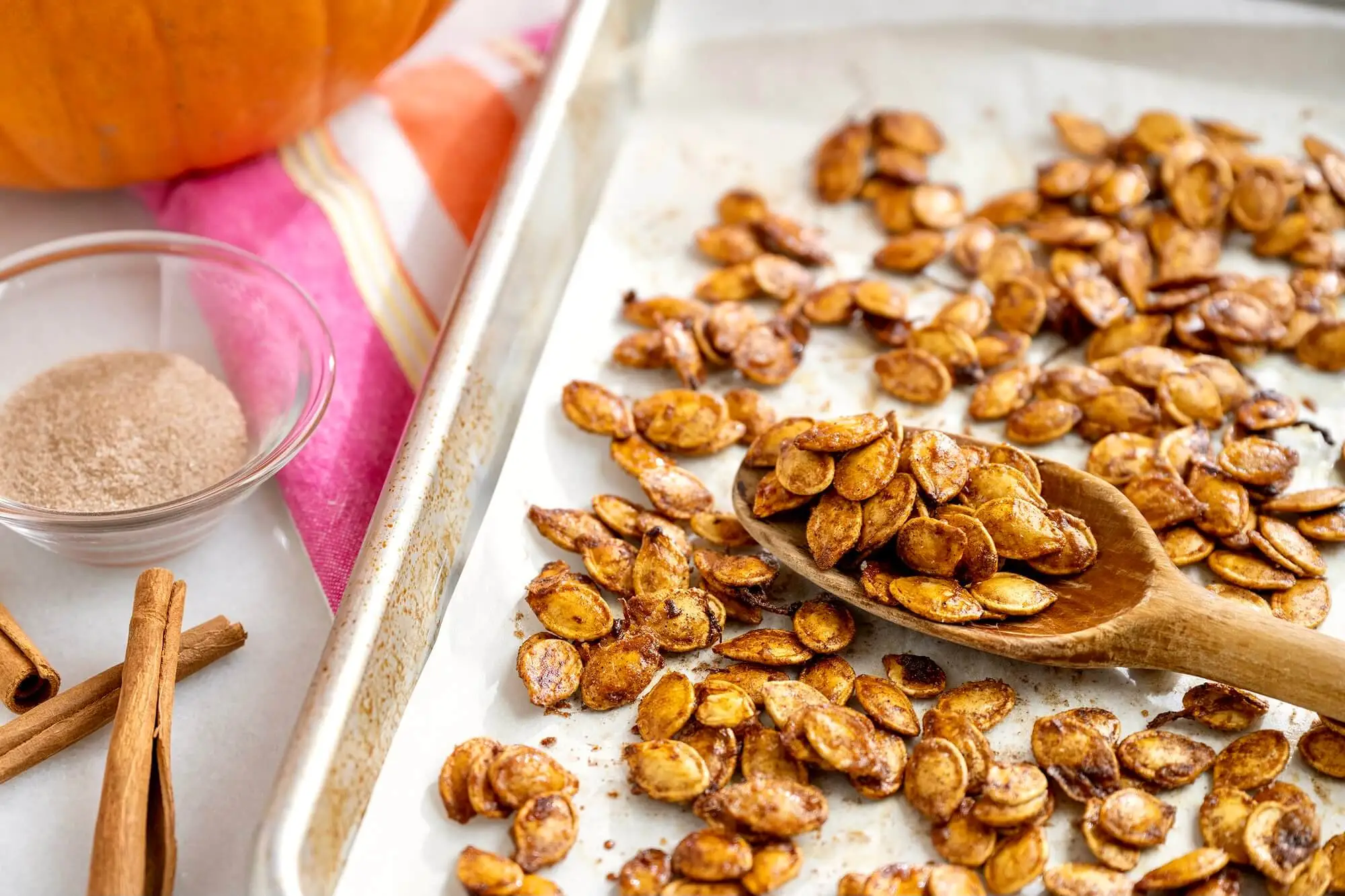

0 thoughts on “How Does Grass Make Seeds”